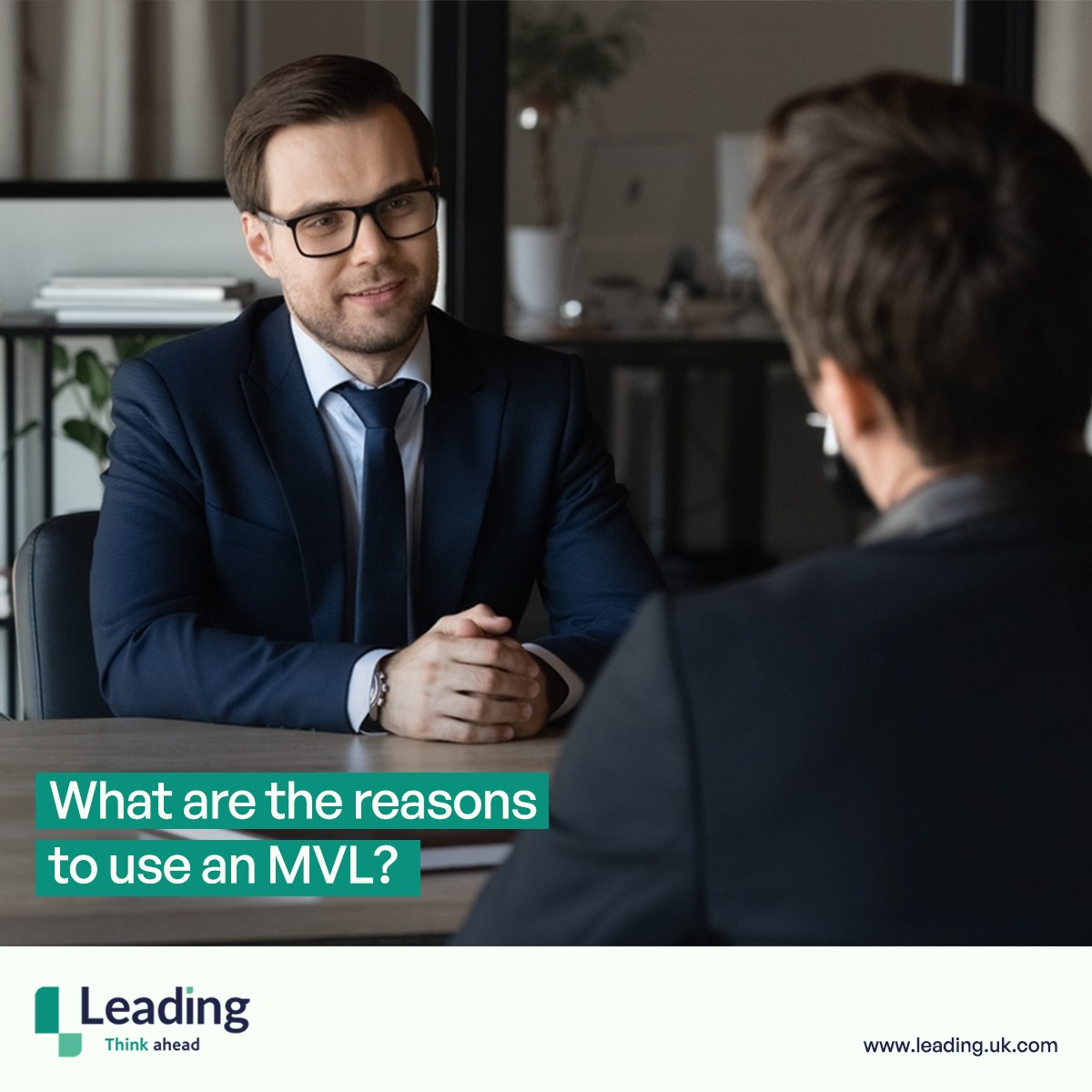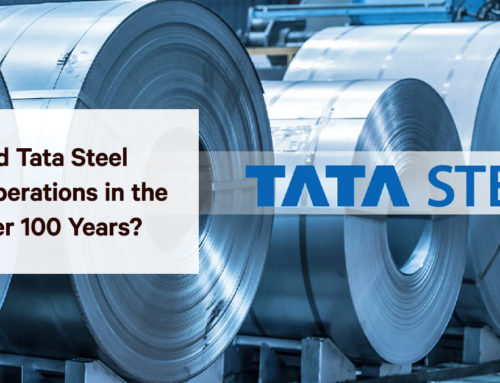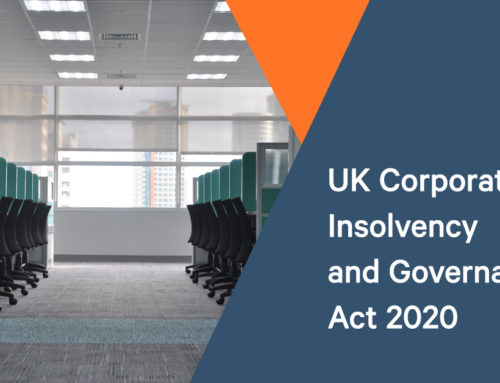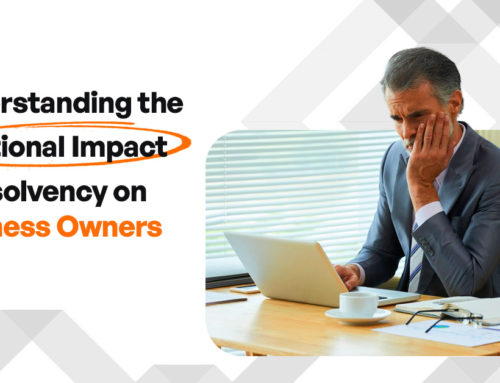A members voluntary liquidation in the UK is a formal process to close a company and must only be entered into if solvent, i.e. there are sufficient funds to pay their debts including tax liabilities and any contractual obligations. So, why close the company?
There are a number of reasons why directors of a solvent company may choose to close the company:
- The owner/directors of the company want to retire
- There is no-one to take over the company should the owners/directors wish to retire
- The purpose of the company no longer exists
- A contractor wishes to wind up the company to take on a full-time role elsewhere
- The company is being restructured or the structure is being simplified under Section 110 of the Insolvency Act 1986
- The company is being divided or it’s a demerger and assets need to be transferred. This is known as a ‘restructuring members’ voluntary liquidation’.
With a members’ voluntary liquidation in the UK, the company must not only be able to pay all their creditors in full within 12 months of the process being completed, they must also be able to pay all future liabilities, such as HMRC in terms of corporate tax and VAT, the closing of company accounts, any lease and finance arrangements, and any PAYE/NIC obligations.
Before progressing, the company must:
- Have completed their business and has ceased trading
- Have funds left over once all creditors have been paid
- Have deregistered, or be in the process of deregistering, in respect of VAT, corporation tax and PAYE/NIC contributions
- Have filed, or is in the process of filing, completed accounts and returns up to the date the company ceased trading
- Demonstrate they have the funds to pay any creditors that are unpaid within 12 months of the start of the liquidation process.

The stages of a members’ voluntary liquidation in the UK
Once the decision has been made by the directors to close a solvent company via a members’ voluntary liquidation process, there are a series of stages that must be followed by the appointed liquidator, or insolvency practitioner (IP), in accordance with the Insolvency Act 1986.
Stage 1
The directors (board members) meet to discuss the members’ voluntary liquidation process and its implications to the company. A statutory declaration is drawn up that declares the company is solvent including a closing financial statement, all of which must be sworn by all, or at least a majority, of the directors.
At this stage, it is a good idea to ensure that all the company’s affairs are in order including:
- Raising all final invoices
- Any tangible assets that are not going to be transferred in specie are sold
- All outstanding debts to creditors are paid in full
- The final accounts and returns for corporation tax are drafted. The estimated corporation tax balance, based on the draft final accounts, can be paid.
Stage 2
Within five weeks of the first stage, a meeting with shareholders is conducted where the shareholders will be asked to pass a resolution which agrees to the members’ voluntary liquidation. In addition, a liquidator is appointed and the liquidation process commences.
Stage 3
Control of the company passes to the liquidator and they put an announcement in The Gazette about the company entering a members voluntary liquidation in the UK. At this point, the directors’ control ceases but they are legally obliged to cooperate with the liquidator.
Stage 4
The liquidator proceeds with realising the company’s assets, settling creditors’ claims and distributing surplus funds to shareholders. At the same time, any relevant assets are distributed in specific to shareholders and directors/members, which means they do not need to be realised.
It is worth noting that creditor claims paid once the liquidation process has started are entitled to statutory interest as well the amount owed. Currently, this is 8% and is applicable from the date the liquidation commenced.
Stage 5
Once all the above stages have been completed, all creditors have been paid, all assets either sold and the funds distributed between shareholders, or distributed in specie, the liquidator seeks final clearance from HMRC. Three months later, the company was dissolved and removed from the Companies House register.
Tax benefits
Unlike other company liquidations, with a members’ voluntary liquidation in the UK, the shareholders are entitled to certain distribution tax benefits.
- Dividend distributions – any dividends in terms of asset distribution are considered as a capital distribution by HMRC, rather than an income distribution which would be subject to Capital Gains Tax. Capital distribution incurs a lower tax rate than income distribution, resulting in less tax to be paid.
- Business Asset Disposal Relief (BADR) – formerly known as Entrepreneurs Relief, enables shareholders to pay less Capital Gains Tax on the sale of the whole or part of the business. Currently, the rate of tax is 10% on qualifying gains. However, to qualify for BADR, you must be a shareholder or business partner, and you must have owned the business for at least two years. In addition, all business assets must have been sold or distributed in specie within three years of closing the business.
Whilst the tax benefits are a bonus with a members’ voluntary liquidation in the UK, closing the business must not be for the sole purpose of benefiting from paying less tax. HMRC’s Targeted Anti Avoidance Rules (TAAR), which is part of the Finance Act 2016, allows HMRC to challenge a shareholder’s distributions from a liquidated company if they believe that this was the main purpose. If it is decided that this was the principal reason for liquidation, a shareholder’s distribution will be re-classified as an income distribution and subject to higher tax rates, rather than as capital gains taxation.
If you are considering closing a solvent company via a members’ voluntary liquidation process, the first step is to seek professional advice. Our highly experienced professionals at Leading UK are on hand to help and advise you on the process.






